Bean crop thematic research areas
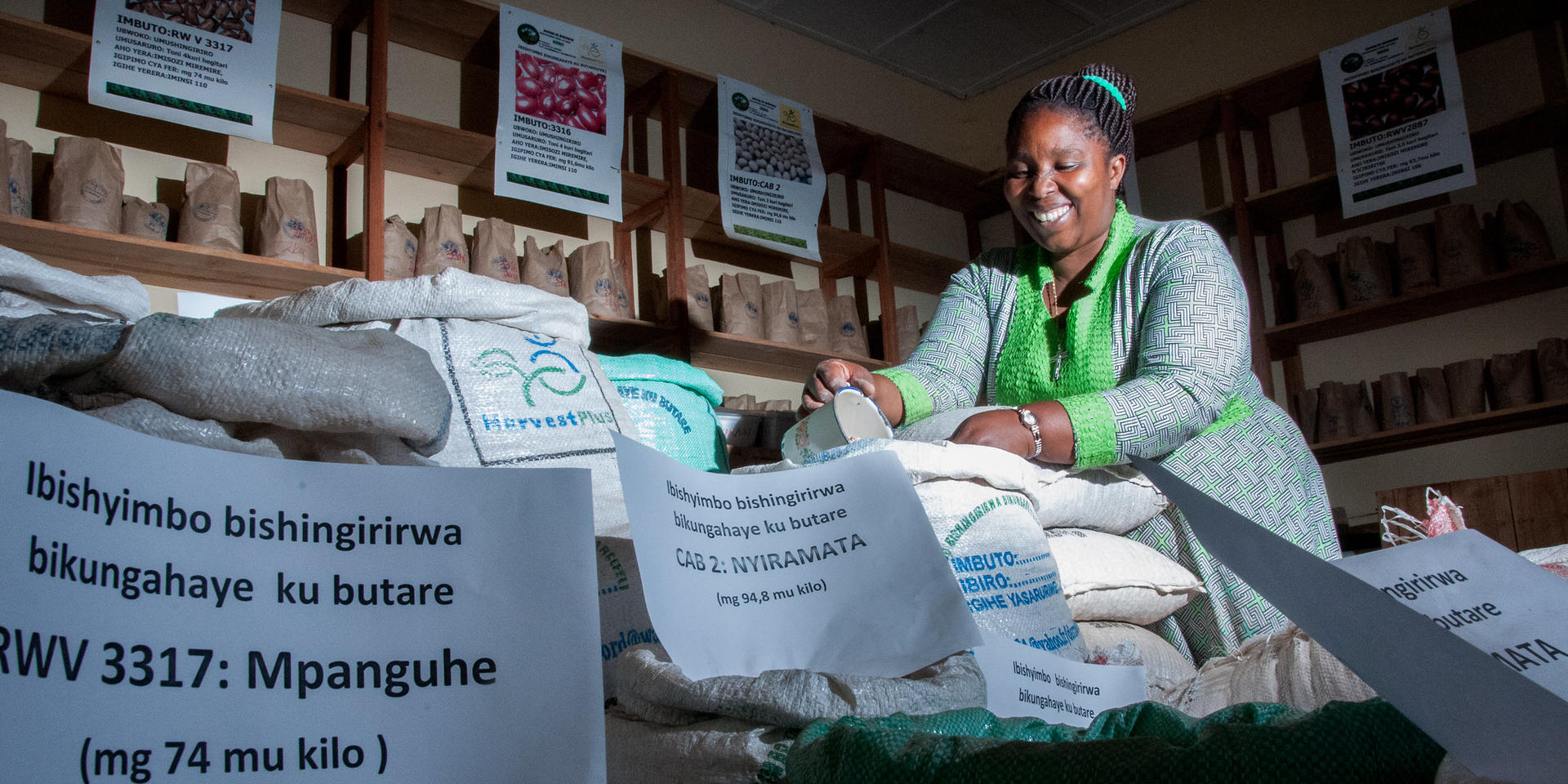
To further understand our work on the bean crop, we have categorized the research into themes. Below we discuss each of these areas, exploring how they further our understanding of the crop.
Interspecific hybridization and the future of bean breeding:
We are introducing genes from other species for several important traits: drought, high iron, and low soil P. Interspecific crosses offer other valuable traits including high yield and uniform maturity, upright plant habit with productive branches, and insect resistance. Crosses with sister species like Phaseolus montanus (also known as P. parvifoius), and the tepary bean P. acutifolius have been facilitated by the discovery of bridging genotypes that are cross-fertile among species. These species evolved in desert environments that may become more common in the future. Here survival depends on producing seeds as rapidly as possible. We believe this accelerated seed development can contribute to drought tolerance and yield potential in unstressed environments.
Strategic resources
The bean program has developed an approach for the Pre-Breeding Support where its advantages lie in:
• National support staff with an understanding of the basics of plant breeding.
• A team open to new multi-crop-oriented solutions.
• Leadership with a vision of future impactful possibilities & Projects along the value chain.

Bean breeding in Palmira, Colombia.
©Alliance/Hector Fabio Buendia.
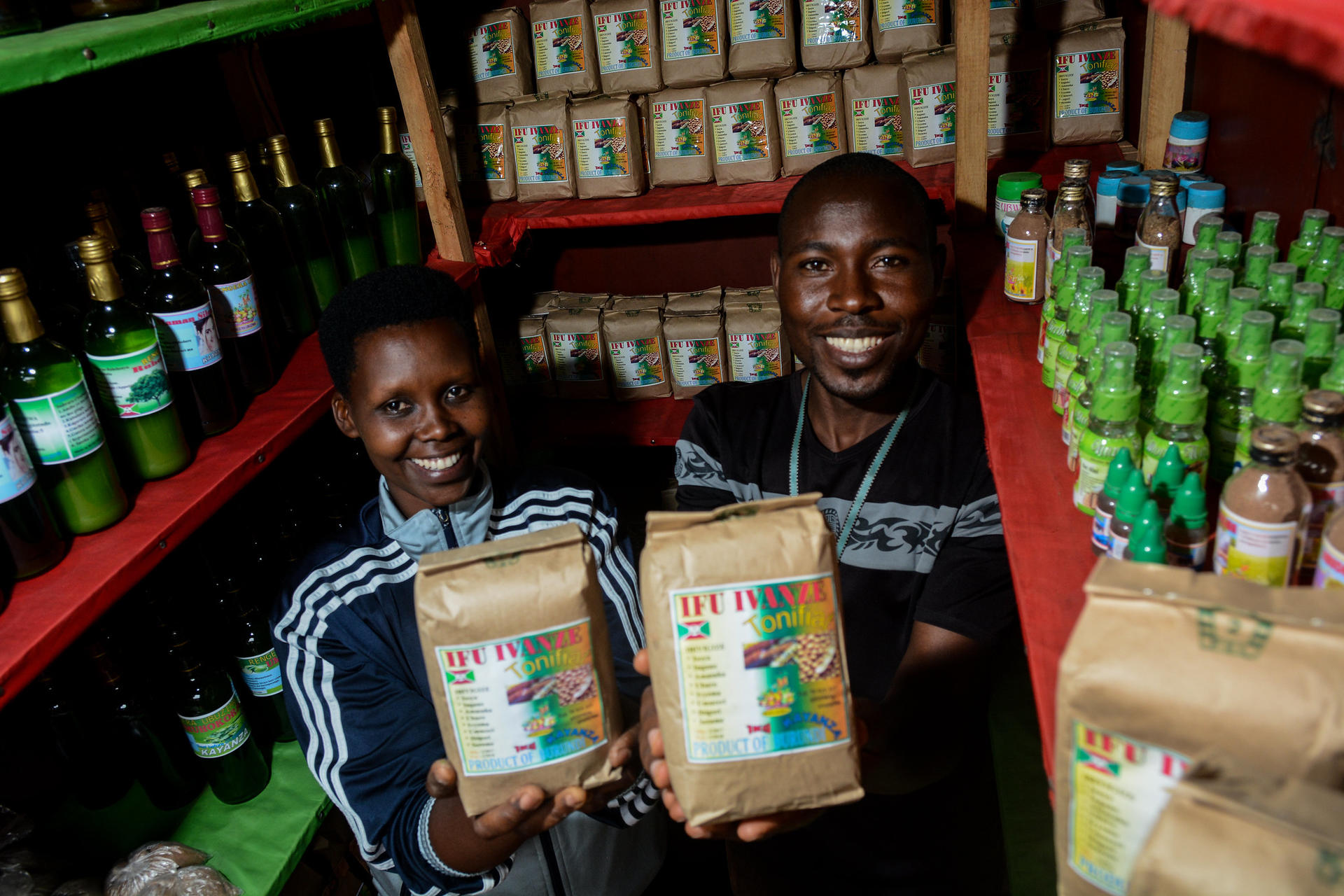
Masabi Isaie and Jeanine Nsengiyumva, bean flour sellers based in Kayanza. The Pan-Africa Bean Research Alliance works with the Institut des Siences Agronomique du Burundi (ISABU), to give farmers access to improved beans. The beans have been bred with characteristics like high iron; some yield more produce and some are more resilient to drought. Researchers at ISABU are working with key farmers, to produce more beans. And they are linking producers who are adding value, for example by grinding beans into bean flour, to feed to children as part of a school feeding program to tackle malnutrition with World Vision. ©Alliance/GeorginaSmith
Addressing malnutrition in women and children with high iron beans
Common bean was one of the first crops to be included in the HarvestPlus program in 1994, increasing the levels of micronutrient content that can have a measurable impact on human nutrition and health, that meet the agronomic needs of farmers, and that are acceptable to consumers.
We have used genes from the common bean, and also from the wild relative Phaseolus montanus. Nutritional studies show benefits of biofortified beans in higher hemoglobin levels, better cognitive ability and neuron function, and better work capacity.
High iron beans have been released in Brazil, Burundi, Colombia, D.R. Congo, El Salvador, Guatemala, Honduras, Kenya, Nicaragua, Panamá, Rwanda, Tanzania, Uganda, Malawi, and Zimbabwe, Cameroon, Zambia, Eswatini, South Sudan, and Mauritius.
We optimize bean-based product formulations, with the private sector taking the lead, to produce products that are market-driven, and to have safe and nutrient rich consumer acceptable products. We promote beans and bean product consumption through innovative marketing strategies and campaigns.
We also promote homegrown school feeding activities initially implemented in Burundi, Rwanda, Malawi, Uganda, Kenya, Cameroon, DR Congo and Tanzania using bio-fortified beans. Preliminary evidence from Rwanda, Tanzania and Burundi shows that home-grown school meals using bio-fortified beans bring about improvements in children’s access to education, health and nutrition, whilst strengthening the food and nutritional security of children, households and communities. It improves access for smallholder farmers to stable markets such as schools.
Combatting climate change with drought tolerant varieties
After extensive research on breeding for drought tolerance, varieties have been released in Bolivia, Colombia, Costa Rica, Dominican Republic, El Salvador, Ethiopia, Guatemala, Kenya, Malawi, Mexico, Nicaragua, Rwanda, Uganda, Zambia, and Zimbabwe. Genetic gain in drought tolerance in the past decade has been more than 2.5% per year, thanks to the support of plant physiology. Interspecific crosses promise to enhance tolerance even more.
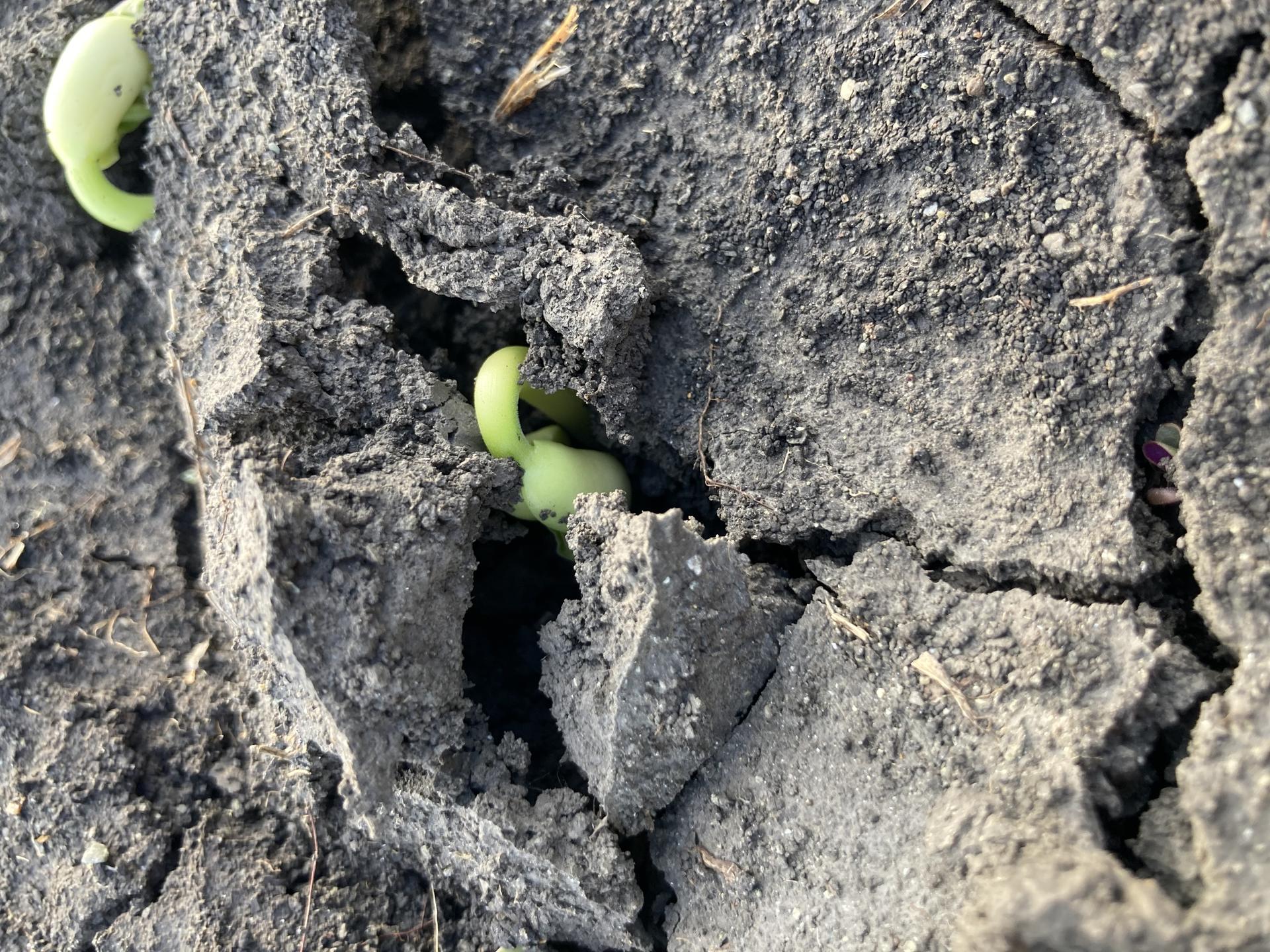
Beans under drought conditions in Colombia.
©Alliance/Hector Fabio Buendia
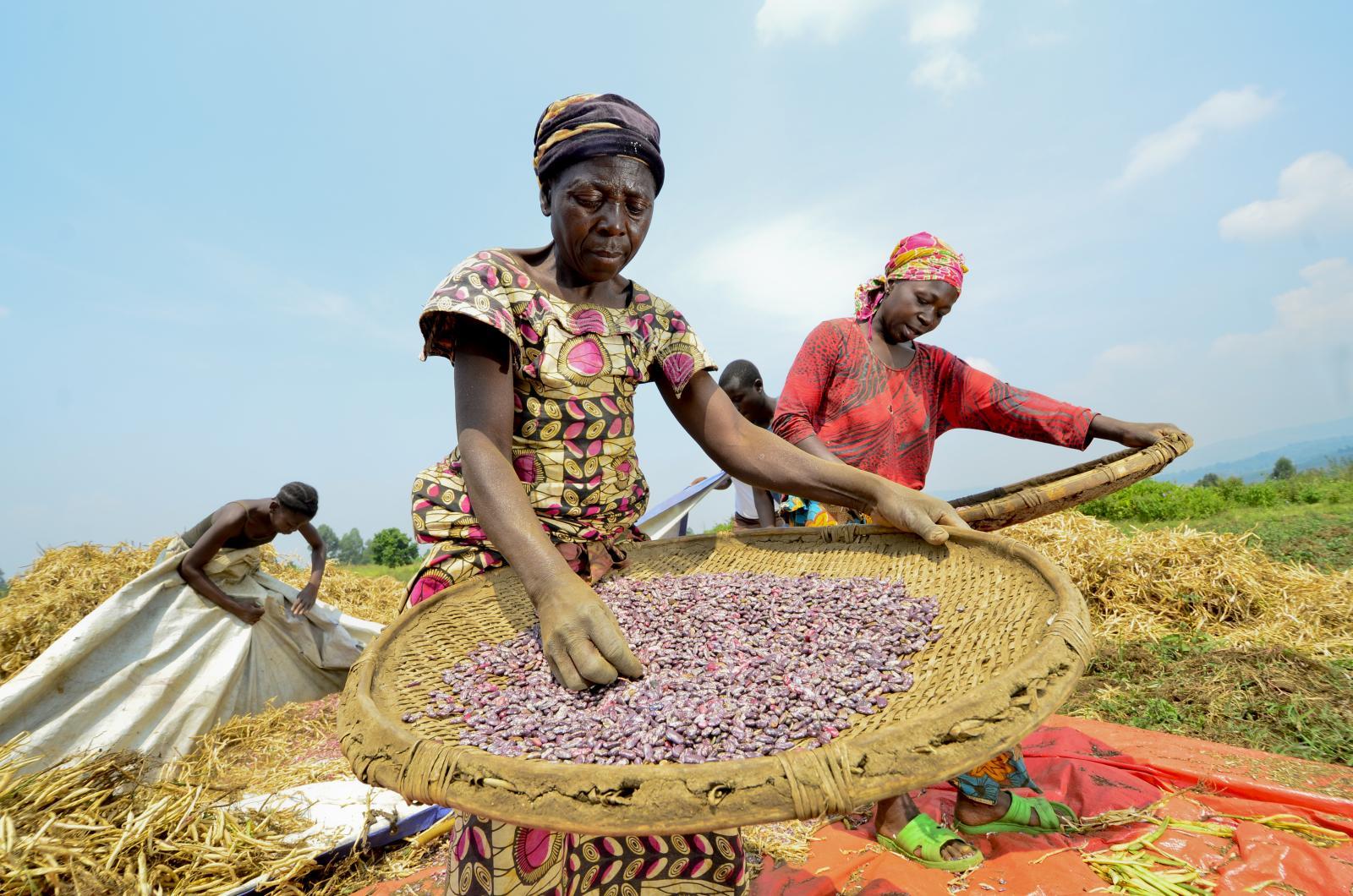
Women harvest Gorilla Beans in the Democratic Republic of Congo ©Alliance/NeilPalmer
Gender as an integral part across the bean value chain
Common beans are a woman’s crop, with more than 70% of women across Africa, involved in its production, value addition and marketing. Due to limited access to resources, time, markets, information, gender-friendly technology and finance, farmers, especially women and youths, have not been able to meet their potential. At the Pan African Bean Research Alliance, we have developed a gender strategy and framework to address gender inequalities at the bean corridor's production, distribution and consumption hubs.
To address some of the gender issues, women and youth from the value chain are intentionally targeted during participatory varietal selection and stakeholder meetings to indicate their traits and varietal preferences driven by market demands and their role in the household and community. In addition, a gender-friendly multi-crop thresher was co-designed and developed by a young artisan in Tanzania – Imara Tech, to reduce drudgery during threshing and winnowing, mostly done by women. For example, nine bags of beans can be threshed in an hour compared to multiple people threshing for days to get the same number of bags.
In the last six years, we have been able to Increase women leadership in the Pan African Bean Research Alliance steering committee from 30 to 40%. Increase the number of SMEs led by men and women entrepreneurs from 52 to 298 (4 to 82 women-led). Increased the number of male and female farmers linked to profitable markets from 0.3 million to 3.7 million (0.2 million to 1.8 million for women). Increase the number of women and men consumers accessing value-added bean-based products and high-iron beans from 0 to 6.9million (3.6 million women) and the number of women and men farmers accessing climate-smart varieties and Integrated Crop Management Practices from 1.9 million to 19.4 million (0.9 million to 9.3 million women).
Monitoring and evaluation (M&E)
A complete process to create effective performance data and information for decision making and lesson learning.
To provide better beans, a continual review of progress and performance against annual targets is necessary to provide not only a real-time situation on bean research and development work from the 350+ partners but also to make improvements where needed and show accountability for the work that our partners and we do to provide better beans for Africa.
A result-based measurement framework LM and PMF developed in collaboration with various stakeholders comprises a range of indicators at various levels to measure, monitor and evaluate both implementation and outcomes progress. The database is organized according to themes and specific indicators of interest: breeding, seed systems, integrated crop management, capacity building, and nutrition. You can also find information regarding bean varieties bred and released; seed production and distribution; crop management technologies promoted to farmers; and data on the knowledge and skills provided to beneficiaries.
Lessons and success stories derived from annual reports and impact studies and documented in short summaries, infographics, and/or visuals are also prepared and shared.
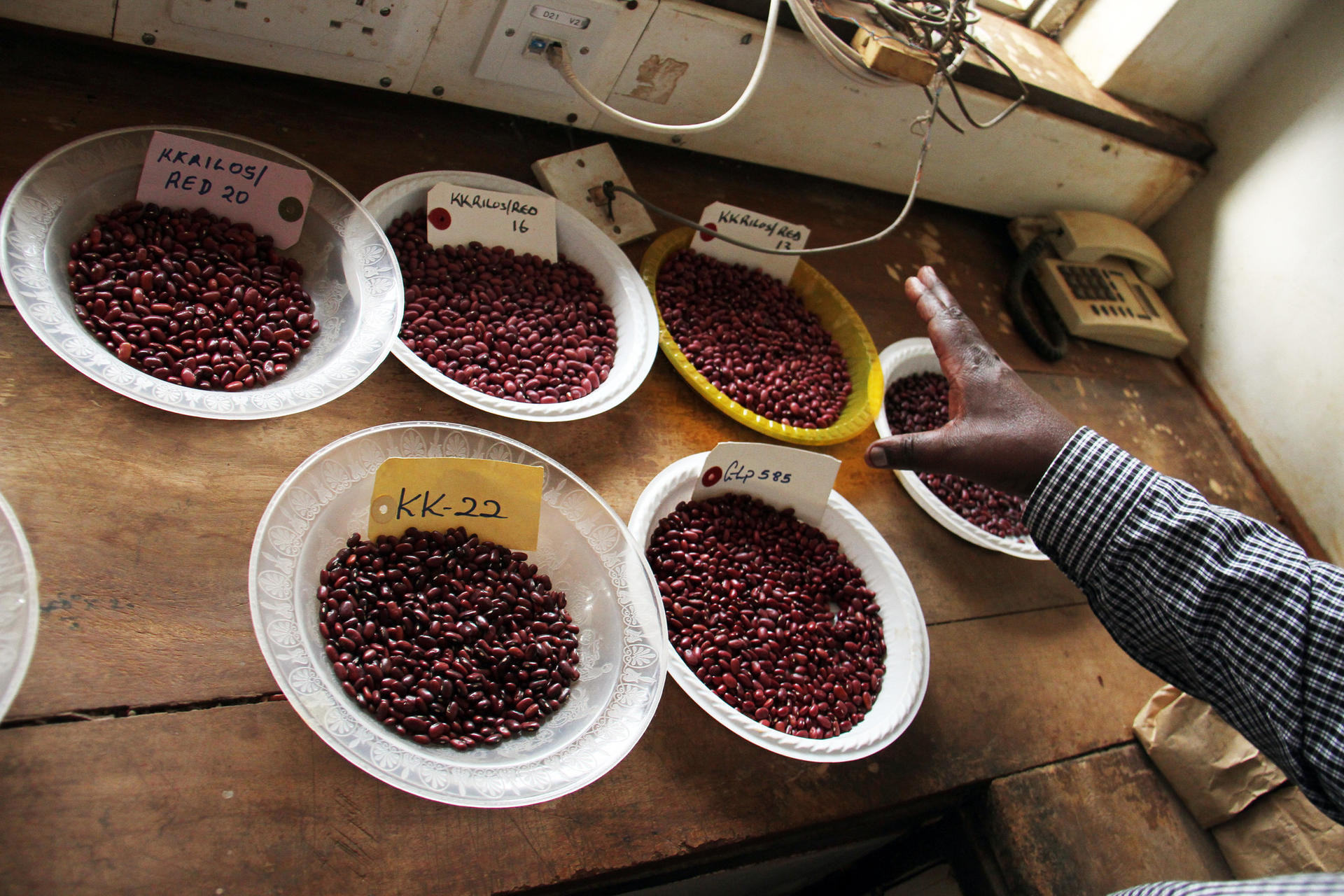
Improved bush beans perform better than local varieties, but delivery systems to get them to farmers are key.
©Alliance/StephanieMalyon
